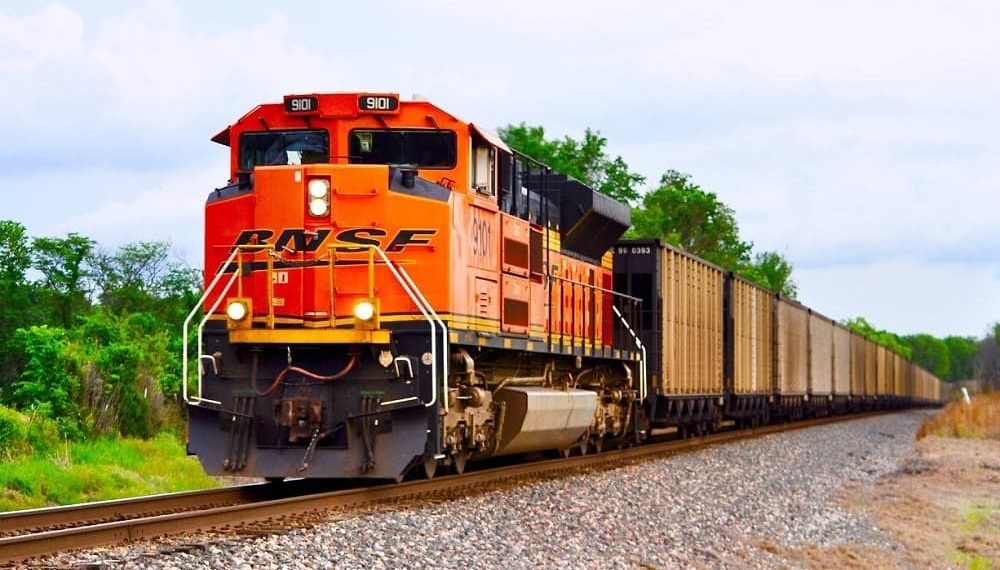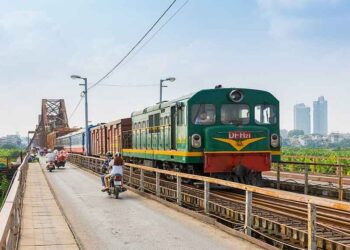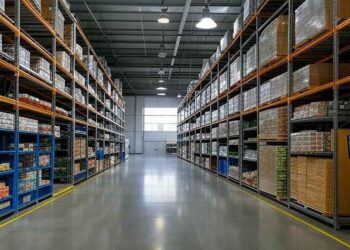The railway across the South East is carrying thousands of tonnes of goods by freight to support the economy and to keep supermarkets stocked up with essential supplies.
Last week, 381 freight trains carried goods such as fuel to power stations, food for supermarkets, medicines and household waste across the Network Rail Southern region, carrying a total 261,191 tonnes of freight.
The region covers the major port in Southampton and the Channel Tunnel in Kent, as well as the counties of Sussex, Hampshire, Surrey, Devon, Wiltshire and Berkshire, and includes key freight routes including Southampton to Reading, and Lewisham to Clapham Junction, and the West London line to Acton and beyond.
Many housebuilding and engineering projects are routed through Kent and Sussex transporting materials such as aggregate and sand and building materials. The transportation of sand is particularly popular in the Southern region, with terminals including Angerstein Wharf in South East London.
As the coronavirus pandemic goes on, Network Rail’s priority is to keep vital supply routes, including the lines which service the major ports, open.
Critical to this are frontline specialists, such as signallers and maintenance teams, without whom the railway cannot operate.
About Network Rail
We own, operate and develop Britain’s railway infrastructure; that’s 20,000 miles of track, 30,000 bridges, tunnels and viaducts and the thousands of signals, level crossings and stations. We run 20 of the UK’s largest stations while all the others, over 2,500, are run by the country’s train operating companies.
Every day, there are more than 4.8 million journeys made in the UK and over 600 freight trains run on the network. People depend on Britain’s railway for their daily commute, to visit friends and loved ones and to get them home safe every day. Our role is to deliver a safe and reliable railway, so we carefully manage and deliver thousands of projects every year that form part of the multi-billion pound Railway Upgrade Plan, to grow and expand the nation’s railway network to respond to the tremendous growth and demand the railway has experienced – a doubling of passenger journeys over the past 20 years.


































